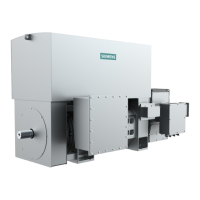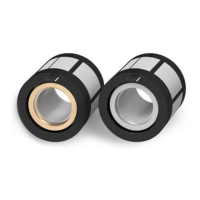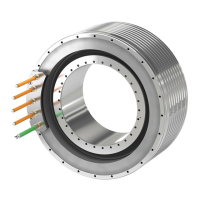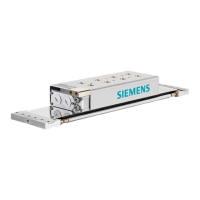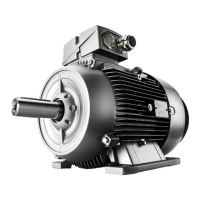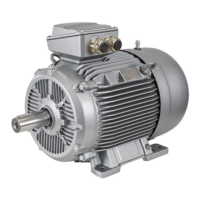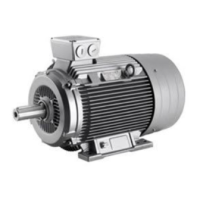With opening seals, the sealing surfaces are separated when there is no coolant pressure,
e.g. during a tool change. In this case, coolant runs out of the supply line and out of the
motor shaft through the opened seal. This leakage and also the leakage due to wear of the
sealing rings must be guided away via the leakage lines.
NOTICE
Motor failure due to incorrectly mounted leakage line
If the leakage line does not lead downward, the leakage can ood the rotating union and the
motor. This can result in failure of the rotating union and motor.
To ensure the leakage is led away, the leakage line must always lead downward so that nothing
can ow back.
• When mounting, ensure that the leakage line always leads downward.
NOTICE
Axial forces due to coolant pressure
Coolant under high pressure (usually 40 to 90 bar) ows via the mounted rotating union
through the sequence of holes in the drive train:
• Rotating union
• Motor
• Spindle
• Tool.
Due to the dierent hole diameters and the gap, dierent cross sections (areas) occur along the
coolant ow, which can produce axial forces due to the coolant pressure. These can be 4 to 12.7
N/mm
2
, depending on the coolant pressure.
Mechanical properties
4.6Mounting of rotating unions on 1PH8 hollow-shaft motors
1PH8 SIMOTICS M main motors
Conguration Manual, 12/2022, A5E51895839A 97
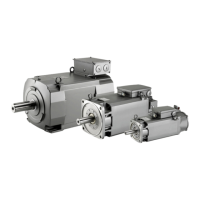
